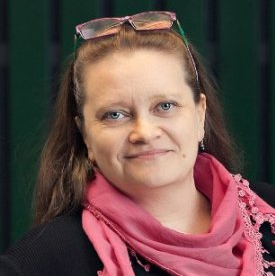Municipal and Industrial Waste Management
A special issue of Resources (ISSN 2079-9276).
Deadline for manuscript submissions: closed (30 June 2021) | Viewed by 50989
Special Issue Editors
Interests: sustainable development; circular economy; industrial ecology; municipal waste management; food waste; electronic waste; sustainable energy; energy transition
Special Issues, Collections and Topics in MDPI journals
Interests: waste management and recovery infrastructure; electronic waste (WEEE); recovery of critical materials; circular economy
Special Issues, Collections and Topics in MDPI journals
Special Issue Information
Dear Colleagues,
Innovations in waste and resource management are emerging globally. Waste is now viewed as a valuable resource to be utilized rather than a potential source of pollution to be disposed of. Circular economy has emerged as the driving paradigm for sustainable resource management and products, and supply chains and business models are being redesigned to harness this opportunity. New wealth is being created by recovering value from waste and promoting a circular flow of resources. However, municipalities and industries are still struggling to handle responsibly the wastes generated by human and economic activities.
This Special Issue on “Municipal and Industrial Waste Management” will highlight challenges in waste management, identify opportunities to recycle and derive value from waste, and disseminate the latest knowledge and progress in realizing a circular economy.
Key themes include:
- Successful recycling and resource recovery schemes;
- Impacts and benefits of recycling and resource recovery;
- Consumer awareness and participation in municipal waste recycling schemes;
- Technology innovations in value recovery from industrial wastes and byproducts;
- Barriers to successful recycling and collection systems;
- Circular economy strategies and enablers of circular economy;
- New business models to capture value from waste;
- Sustainable resource management agenda in industry.
Prof. Dr. Eva Pongrácz
Dr. Jenni Ylä-Mella
Guest Editors
Manuscript Submission Information
Manuscripts should be submitted online at www.mdpi.com by registering and logging in to this website. Once you are registered, click here to go to the submission form. Manuscripts can be submitted until the deadline. All submissions that pass pre-check are peer-reviewed. Accepted papers will be published continuously in the journal (as soon as accepted) and will be listed together on the special issue website. Research articles, review articles as well as short communications are invited. For planned papers, a title and short abstract (about 100 words) can be sent to the Editorial Office for announcement on this website.
Submitted manuscripts should not have been published previously, nor be under consideration for publication elsewhere (except conference proceedings papers). All manuscripts are thoroughly refereed through a single-blind peer-review process. A guide for authors and other relevant information for submission of manuscripts is available on the Instructions for Authors page. Resources is an international peer-reviewed open access monthly journal published by MDPI.
Please visit the Instructions for Authors page before submitting a manuscript. The Article Processing Charge (APC) for publication in this open access journal is 1600 CHF (Swiss Francs). Submitted papers should be well formatted and use good English. Authors may use MDPI's English editing service prior to publication or during author revisions.
Keywords
- Municipal solid waste (MSW) management
- Recycling and recovery
- Circular economy - Circular bioeconomy
- Industrial side-streams
- Recovery of critical materials
- Electronic waste (WEEE) management
- Waste-to-energy technologies






